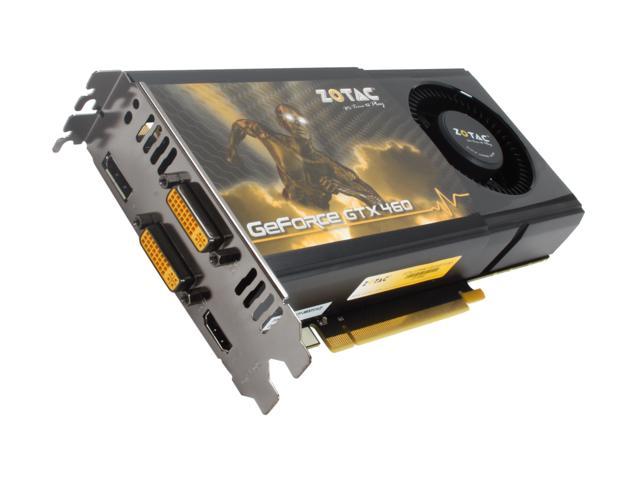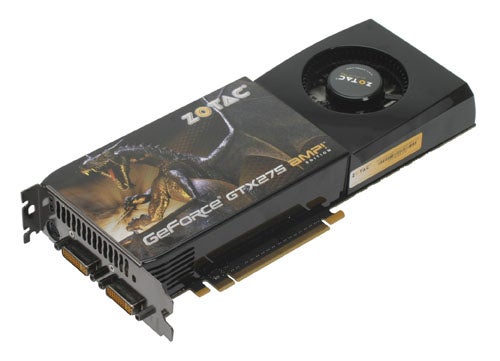
Notice that there are six 32-bit Memory Controllers shown at the diagram totaling at 192-bit bus width. Each SM has 128 CUDA cores amounting to a total of 1280 CUDA cores for the whole GPU. The GP106 based on its diagram features two Graphics Processing Clusters with five Streaming Multiprocessors per GPC. That’s 300 USD less for the same performance 2 years back. Nvidia stated that its performance is comparable to the GTX 980 at a much smaller package, excellent starting point, and better power figures. It is definitely a lighter package compared to the GP104 but don’t make fun of this 120W GPU. The GeForce GTX 1060 is Nvidia’s take on the sweet mid-range category, featuring the GP106 GPU at its core. And thus, we came prepared to show a comparison between the two mainstream champions. The direct competition of the GeForce GTX 1060 is the Radeon RX 480 8GB from AMD.

This effectively puts the card at the line of the modestly clocked GTX 1060 models out there with room for additional tuning based on the AMP monicker. That’s 50 MHz and 63 MHz faster than the Founders Edition respectively. Specification wise, we are looking at a 1556 MHz core clock and a 1771 MHz boost clock touting GTX 1060. This card falls under the AMP Edition series of cards which symbolizes the company’s passion to provide extra performance with a price to match at 289 USD or at 13, 995 PHP.

The ZOTAC GeForce GTX 1060 AMP Edition is one of the most affordable, factory overclocked GTX 1060 graphics card out in the prowl. It features a custom cooling solution, and a PCB design built from the ground up by ZOTAC.


 0 kommentar(er)
0 kommentar(er)
